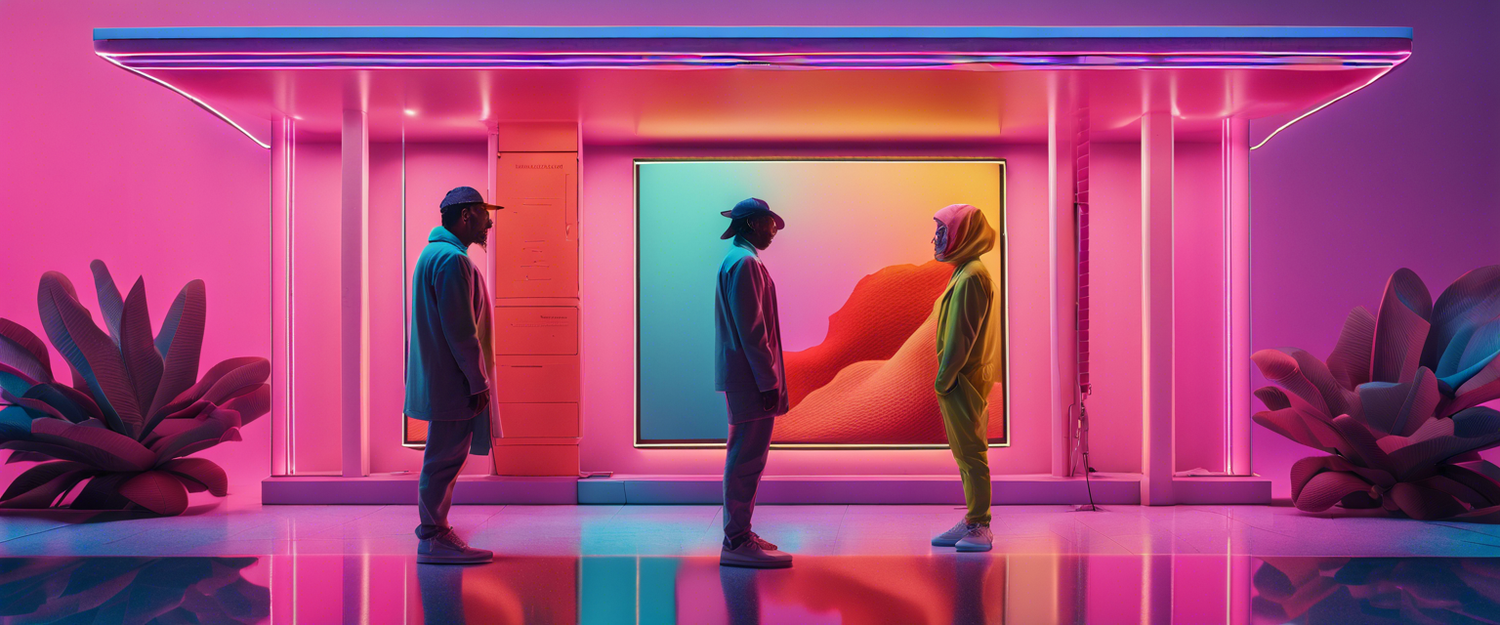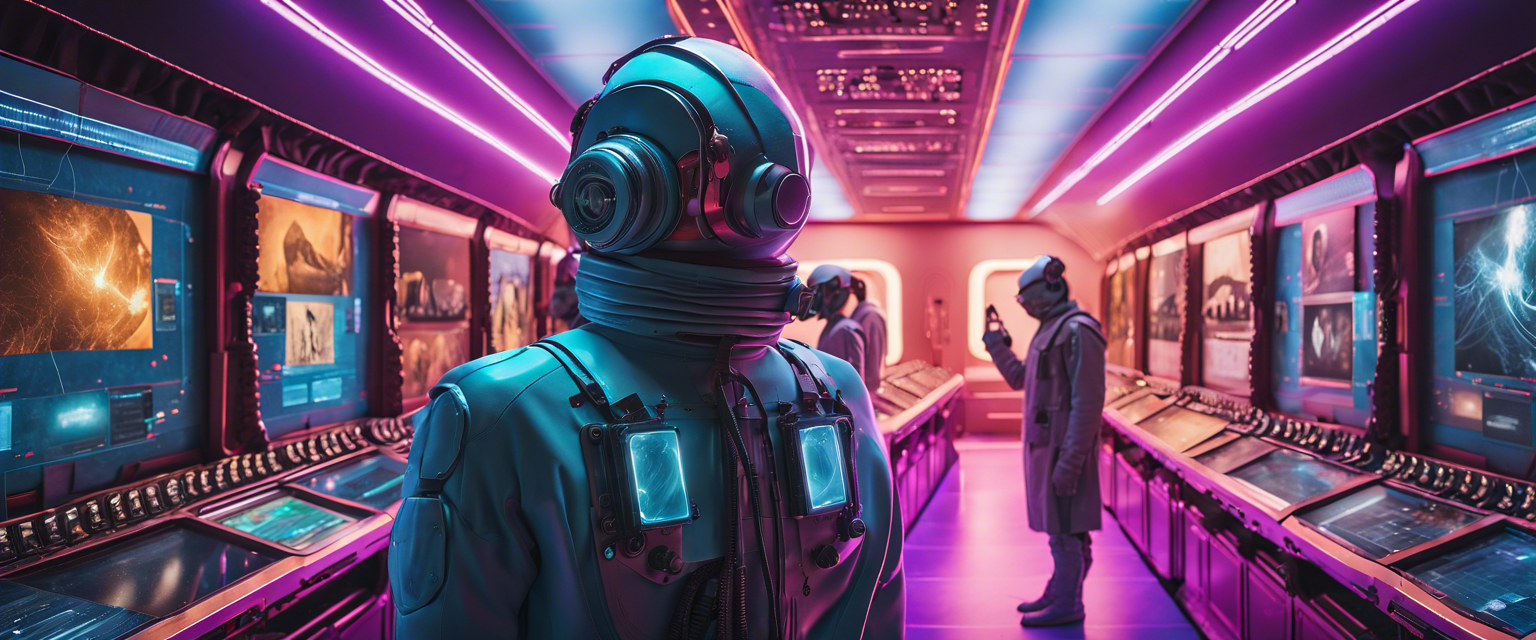Introduction
Stable Diffusion is a pioneering generative model that excels in the creation of high-resolution images in a single forward pass. AI21 Studio is a powerful platform designed to provide developers and businesses with cutting-edge natural language processing (NLP) solutions, leveraging the advanced capabilities of AI21 Labs’ language models.
What We Are Going to Do?
In this tutorial, we will develop an entertaining application aimed at crafting engaging tweets. We will utilize the robust functionalities of AI21 Labs alongside striking cover images generated by Stable Diffusion. To bring our app to life, we will employ Streamlit, an open-source Python library that simplifies the creation of visually appealing web applications for machine learning and data science.
Prerequisites
- Download and install Visual Studio Code or any other code editor like IntelliJ IDEA or PyCharm suitable for your OS.
- To access AI21 Labs Studio, you will need an API Key. Sign up for an account at AI21 Labs Studio, navigate to the Dashboard, click on your profile picture at the top right, select 'API Key' from the dropdown, and copy your API Key—make sure to store it securely.
- For Stable Diffusion, create an API Key by signing up at Dream Studio. From the Dashboard, click the '+' button to generate a new API Key and copy it to ensure you have it saved securely.
- To deploy your application, sign up for an account on Streamlit. Utilizing GitHub for registration is recommended for simple deployment options later on.
Getting Started
Create a Brand New Project
Launch Visual Studio Code and establish a new folder titled ai21-sd-tutorial.
Create a Virtual Environment and Activate It
In your terminal, execute the following command to create and activate a virtual environment:
python -m venv venvThen activate your virtual environment:
source venv/bin/activate # on macOS/Linux
venv\Scripts\activate # on WindowsInstall All Dependencies
Now, let's install the required dependencies by running the following command:
pip install -r requirements.txtImplementing the App
First, create a file named stable_diffusion.py and implement a function for generating images from text using the Stable Diffusion model. For more information, refer to the Text-to-image gRPC API python client.
Next, set up a file named ai21_studio.py where we will implement a function that generates creative ideas for engaging tweets aimed at promoting a brand or product.
Finalizing the Application
With our functions established for generating insightful ideas and attractive cover images, it’s time to create a file named app.py. Within this file, we will formulate the logic for our Streamlit application, enabling us to swiftly create web applications using pure Python.
Importing Necessary Libraries and Functions
We will initiate the app by importing all required libraries and custom functions.
Basic Configuration
Set up the fundamental configurations for the app:
import streamlit as st
from stable_diffusion import generate_image
from ai21_studio import generate_tweet_ideasInitializing State Variables
Initiate any necessary app states as follows:
st.session_state.tweet_ideas = []
Working on the App Layout
Let’s craft the sidebar to accommodate our API keys. Instead of using .env files, our design will ensure user-friendly accessibility.
Enhance the app’s appearance by adding a catchy title and description:
st.title('Engaging Tweet Generator')
st.write('Use our AI tools to create engaging tweets and stunning cover images!')User Input Widgets
Introduce a st.text_area() widget to collect user prompts and a st.button() widget to facilitate idea generation based on those prompts:
prompt = st.text_area('Enter your prompt:')
if st.button('Generate Ideas'):
tweet_ideas = generate_tweet_ideas(prompt)Image Generation Functionality
Next, we will implement another st.text_area() widget for image generation with Stable Diffusion:
image_prompt = st.text_area('Enter image prompt:')
if st.button('Generate Image'):
image = generate_image(image_prompt)Output Generated Ideas and Images
Now it is crucial to implement the main functions that will present the generated ideas and created images:
st.write('Generated Ideas:', tweet_ideas)
st.image(image)Deploy to Streamlit Sharing Cloud
For a detailed guide on deploying your app to Streamlit Sharing Cloud, refer to the ElevenLabs Tutorial.
Conclusion
Congratulations! Today we have successfully crafted an exciting application that utilizes the AI21 Studio API for generating tweet ideas and the Stable Diffusion API for creating eye-catching image covers. Moreover, we explored the deployment process on the Streamlit Sharing Cloud. Don’t forget to participate in upcoming hackathons at lablab.ai for a chance to win amazing prizes.
Thank you for following this tutorial. If you have any questions, feel free to connect with me on LinkedIn or Twitter; I would love to hear your thoughts!



发表评论
所有评论在发布前都会经过审核。
此站点受 hCaptcha 保护,并且 hCaptcha 隐私政策和服务条款适用。